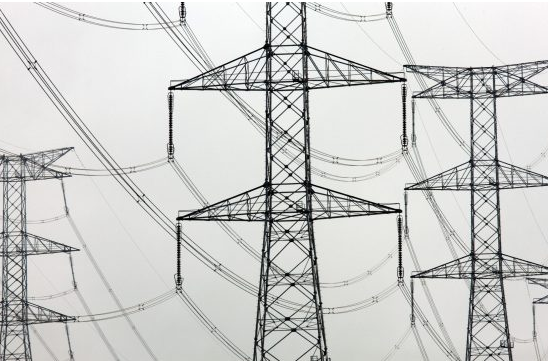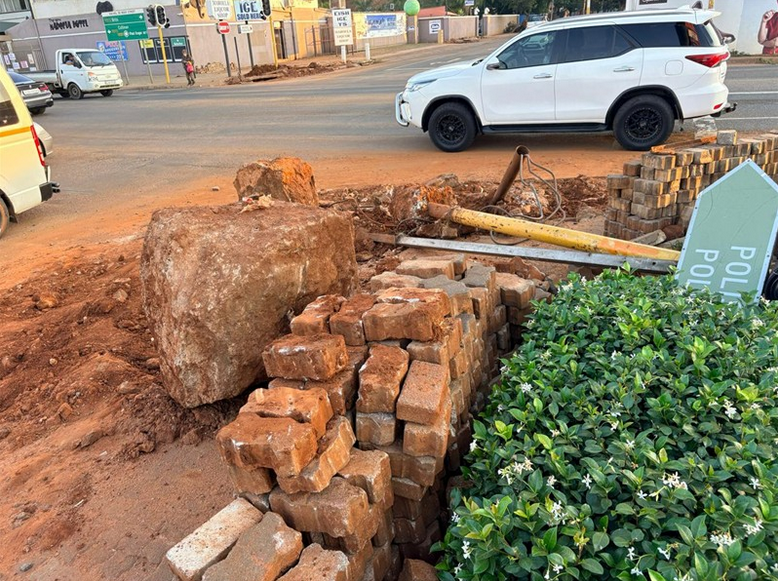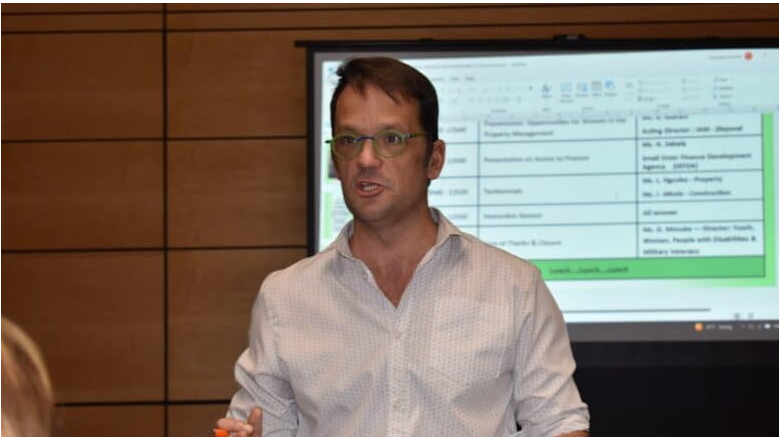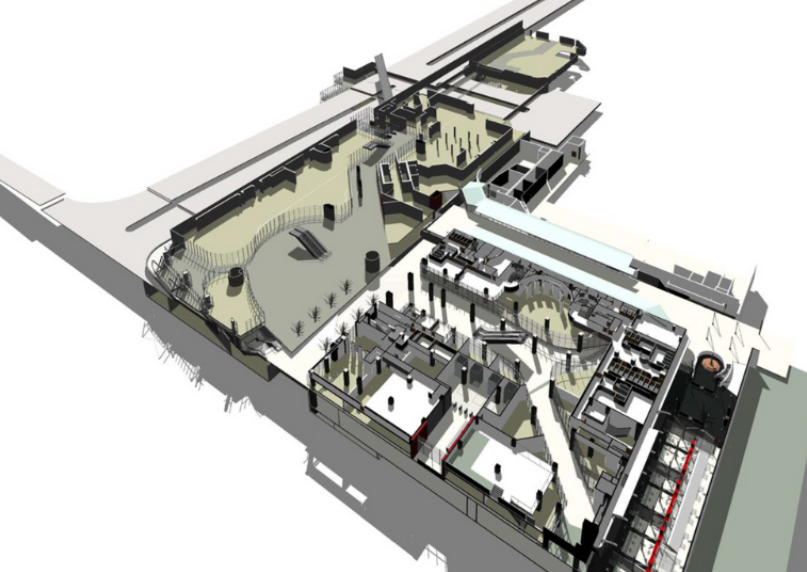The proposed 2 400MW nuclear new-build in SA – good idea or not?

Advertising
19-07-2024
Read : 252 times
Moneyweb
Source
What the economic and business case for large nuclear reactors tells us.
At the outset, it must be stated clearly that this writer is not opposed to nuclear power on emotional or ideological grounds, nor does this writer believe that nuclear power is undesirable in general, or as a rule.
Indeed, in some countries nuclear power may make good sense, based on the country’s own levels of economic, technological, industrial and social development, and its primary energy resources, energy mix, nuclear and construction expertise, and local cost structures.
For some countries, long-term high-level nuclear waste storage and disposal do not present insurmountable technical challenges, but rather present challenges in respect of costs, long-term environmental concerns and opposition by local communities.
Nuclear power has also proven to be relatively safer than most, if not all, other generation technologies in terms of fatalities experienced per terawatt hours of nuclear energy delivered over the last 60 years – and, in particular, nuclear power has been much safer than coal-fired power.
But, while the probability of a major nuclear power plant accident is very low, the economic, financial and social costs of a nuclear accident can be very high indeed. Being a combination of both the probability and consequences of a nuclear power plant accident, the risks are therefore not insignificant, to the extent that the financial consequences of a nuclear accident are largely uninsurable.
Inevitably, the risks and consequences of a nuclear power plant accident are therefore largely borne by the sovereign, and thus by taxpayers, rather than the developer, owner, and/or operator of the plant.
While large inland nuclear power plants do require significant fresh-water resources for cooling, such power plants can use sea water for cooling if constructed in coastal areas.
Nuclear power also presents a low carbon alternative to coal, diesel and gas-fired power, and can provide an effective technical solution to the production of electricity, heat and hydrogen.
Challenges with the economic and business case for large nuclear reactors
The real issues and challenges for the viability of nuclear power are not technical, but rather lie in the economic and business cases – in particular the high capital costs, long construction times, high levels of interest during construction, and the inflexibility of operation, both in terms of low ramp-rates and the poor economics of operating the reactors flexibly at less than full load.
In general, in order to achieve economies of scale, localisation of manufacture and cost reductions from going down the learning curve, a country has to commit to a single vendor country, a single nuclear vendor company and a single reactor design for a whole fleet of reactors.
This risky option locks a country into a massive and inflexible nuclear programme lasting at least 100 years, covering the full construction, operation and decommissioning periods.
In an era of significant economic and technical uncertainty, other options become more attractive, especially when considering the geopolitical and military issues invariably involved with nuclear power.
Growing interest by private sector in development of small modular reactors
As a result of the complexities and weak business case of large nuclear reactors, private sector technology companies have turned their attention to the possibility of developing small modular nuclear reactors in the range from about 30MW to 300MW, that can be standardised, commoditised and factory-built to a significant extent in the country of origin.
Developers hope that this will reduce construction times and costs, and provide greater flexibility of operation. At the same time, some of these concepts offer the potential of reduced water usage, reduced refuelling downtimes, enhanced passive safety features, and greater flexibility of operation as load-following generation plants.
Small modular nuclear reactors are nothing new and have been applied for decades in niche applications.
These include nuclear-powered submarines, aircraft carriers and ice-breaker ships in ice-bound oceans.
More recently, floating small modular reactors on barges have been applied at very limited scale in remote coastal areas of northern Russia for power supplies to distant and isolated oil and gas production facilities, and associated towns.
However, all these instances are niche, water-borne applications, as opposed to land-based generation of commercial power on a competitive basis.
In the case of military applications, cost is generally the least of the considerations.
In the case of distant, isolated industrial facilities and towns that require heat and power, the high cost and practicalities of delivering grid electricity to these sites may make factory-built, barge-mounted, floating small modular reactors an economically and technically viable option.
Start-ups, entrepreneurs and even established nuclear plant vendors and original equipment manufacturers are now putting in efforts to develop and commercialise land-based small modular reactors as a low carbon source of commercial heat and power to compete with other generation technologies, using a wide range of design concepts.
The state of development of small modular nuclear reactors for commercial power
Currently, there are said to be some 84 design concepts being explored around the world, and this needs to settle down to about four or five mature options before the financial risk can be considered to be acceptable.
Some of these ‘designs’ can only be considered as artists’ impressions of what the reactor may look like (through the rose-tinted glasses of the developers). Others can best be described as ‘paper reactors’ at various stages of conceptual design
Virtually all are not yet at the prototype, pilot plant or commercialisation stage.
In fact, there is only one land-based small modular reactor in service globally delivering 125MW of power in China.
The design has not yet been licensed for use outside of China.
As a few of the designs reach the more advanced or prototype build phase, they are experiencing delays and cost overruns, as the technical, manufacturing, commercialisation and licensing realities sink in.
Realistically, it is generally considered that the application of land-based small modular nuclear reactors, licensed for commercial application in various jurisdictions such as South Africa, is still a decade or more away.
At the same time, there is still no certainty that small modular nuclear reactors will be cost competitive with other dispatchable, low-carbon generation options, such as combinations of wind, solar photovoltaic and battery energy storage. The economies of scale of large, mature 1 200MW pressurised water nuclear reactors may, in fact, never be realised by factory-built small modular reactors.
At this stage, entrepreneurs, reactor developers and venture capitalists consistently appear to make over-optimistic assumptions, over-stated claims and over-hyped promises in order to attract funding, investments and orders on spec for unproven, uncommercialised and unlicensed designs.
Several, including some well-known nuclear evangelists in South Africa, consistently over-estimate their own and their country’s engineering depth, capacity and abilities, while underestimating the technical and regulatory complexities of establishing a nuclear power design and manufacturing industry serving both local and international markets.
Nuclear power in the South African context
Generally, the international small modular reactor developers are targeting their marketing efforts at countries without a large interconnected national grid, or with fragmented national grids, and they are somewhat surprised at the interest and efforts of nuclear evangelists in South Africa, where there is a well-established, interconnected and operating national grid.
South Africa has lost nuclear industry expertise since it backed out of the large, pressurised water reactor procurement programmes in 2008 and 2016, and the pebble-bed small modular reactor programme in 2010. Business and industry leaders roll their eyes when new nuclear power in South Africa is suggested. They remember all the money spent preparing for the previous non-events.
The current reality is that the South African economy does not have the balance sheet to stump up the funding, guarantees and tariffs needed to make a meaningful new nuclear programme possible. Furthermore, the local construction and manufacturing industry does not have the necessary depth of engineering resources or expertise. Localisation for a 2 400MW nuclear new-build programme will thus be minimal.
By 2035, South Africa will have about 70 000MW of wind and solar power capacity, and what the country really needs by then is significant flexible generation capacity in the form of pumped water storage, hydro power, battery energy storage, and gas-to-power operating at low load factor, to fill the gaps and complement the variability of this renewable energy.
A new nuclear procurement in South Africa providing 2 400MW of inflexible, steady nuclear power from two 1 200MW pressurised water reactors by 2035 (if we are lucky) will be as good as useless in a power system with some 70 000MW of variable wind and solar power capacity by that time.
South Africa’s current integrated resource plan, IRP 2019, requires that technologies deployed must be proven in service, economically viable and deliverable in the timeframes required by 2030.
The other option of a new nuclear procurement providing 2 400MW from, say, eight 300MW small modular reactors has most certainly not been shown to be commercially viable, proven in service, or able to deliver power into the grid by 2030, or even by 2035.
Chris Yelland CEng is managing director of EE Business Intelligence.
Recent News
Here are recent news articles from the Building and Construction Industry.
Have you signed up for your free copy yet?









